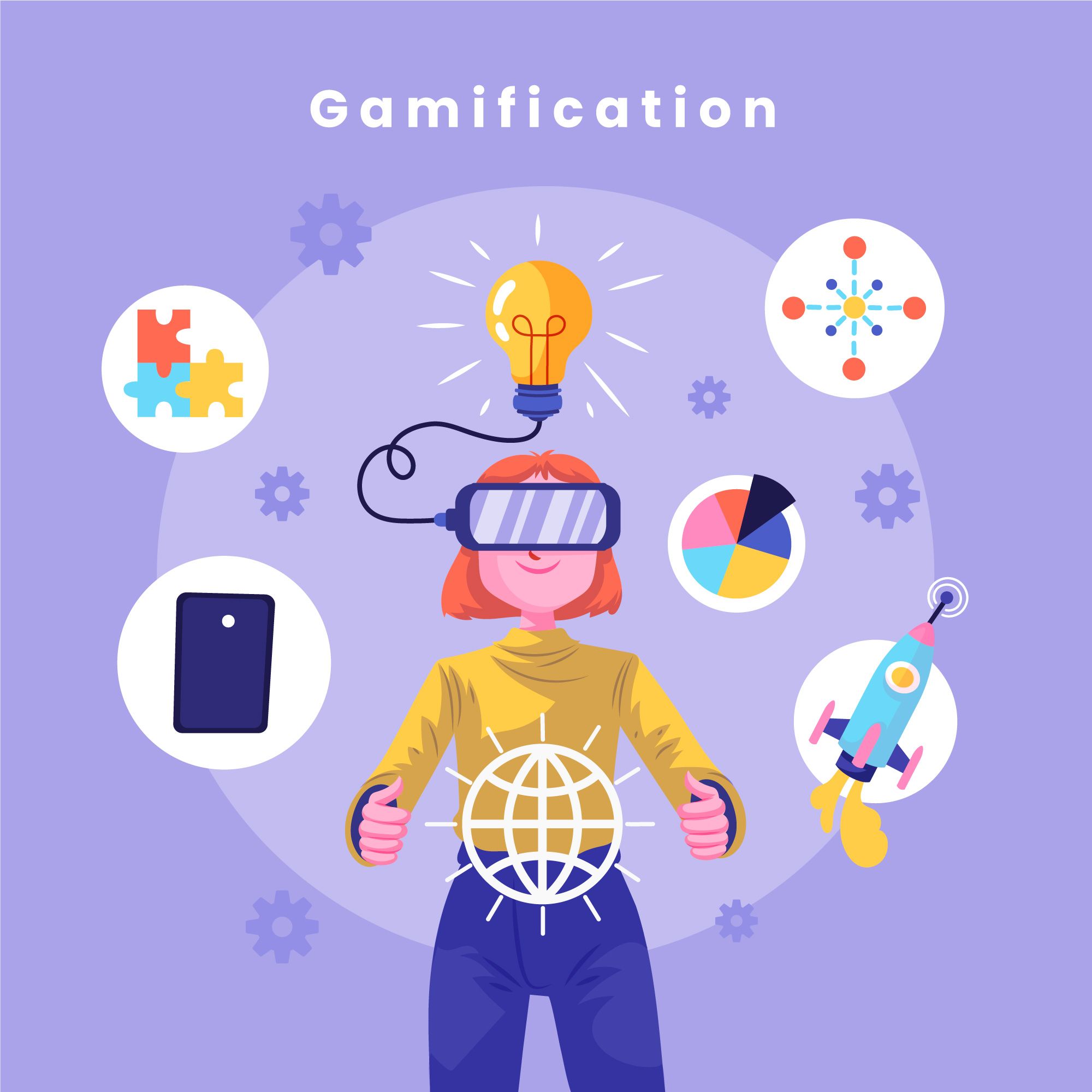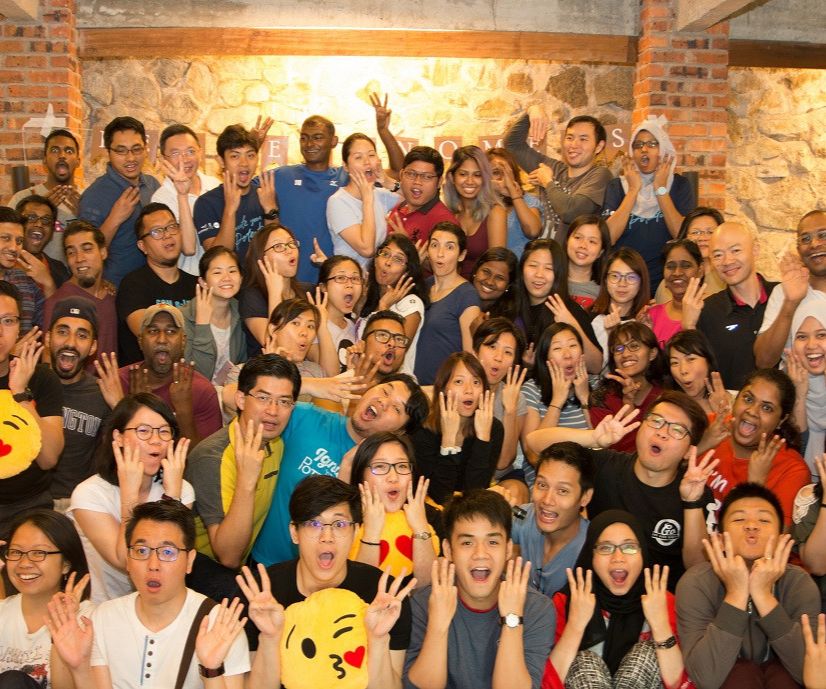Enhance User Engagement with Digital Learning

Humans are innately curious, and this is evident in the amount of time, energy and money we invest trying to appease our insatiable hunger for knowledge. It is this curiosity that enables us to continuously evolve through our keen observations. The imparting of knowledge comes in many forms to cater to the varying styles of learning. Traditional classroom methods dominated the learning landscape in the 20th century, while e-learning mediums emerged in the mid-2000s. It is interesting to note how knowledge sharing has become more prevalent in digital mediums and because of its potential, digital learning is now a permanent fixture in organisations preparing for Industry 4.0.
Today’s digital learning is not to be confused with the traditional e-learning solutions where PDFs and JPEGs were the norm. Its driving force is to enhance interaction with the learners, where their every action provides crucial feedback on their unique learning experience. The rise of advanced gamification and learning interfaces have advanced digital learning to another exciting phase, for it emphasizes greatly on personalised learning experiences. However, despite the excitement, there are those who are skeptical of this “new-age” method of learning. They believe that traditional learning is the way to go, for it is much easier to assess the quality and quantity of the learning content. But learning is very much like a gas molecule. Its nature cannot be bound by fixed schedules and one-size-fits-all solutions. Digital learning solutions are expected to overcome these skepticism as they offer the user:
- The convenience to learn anytime, anywhere
- Self-paced learning based on the user’s learning abilities
- A diverse range of courses from a vast network of professionals
- The ability to interact with fellow colleagues based on engagement posts
- An easy way to track their learning growth as it is directly connected to the user’s activity on the platform.
- The biggest challenge for organisations with existing digital learning infrastructure is how to elevate user engagement – translatable as a healthy return on investment.
Through our preliminary research, the following are several ways how your organisation could encourage higher engagement rates, thus enhancing your employees’ technical and personal capabilities.
1) Full Accessibility to Various Platforms
Having an abundance of high-quality learning materials is a key driving force in motivating your employees to get online. There are many open online course platforms that provide technical and soft skills courses, with specialised digital learning solutions that create specific learning courses based on your organisation’s needs.
Accessibility also means having suitable infrastructure to support the implementation of digital learning solutions in your organisation. For example, studies have shown that learners prefer video-based materials, hence it is crucial that your bandwidth service is sufficient for quick buffering of videos. Make it easy for your employees to access the knowledge made available to them.
2) Make It Part of Your Organisation’s Culture
We already know that learning is crucial for the development of any individual. However, most users only “learn” when they feel it is necessary to complete their work. How do we transcend interest for knowledge from moment of need to moment of want? How can we gently push them to learn willingly and seek for new knowledge outside their business-as-usual tasks? One way is to encourage a collaborative, rather than competitive learning environment. One common challenge is displaying leader boards based on the learner’s activity to encourage learning. This does not work as it creates an atmosphere of “enrolling and completing a course” for the sake of climbing to the top of the leader board.
To achieve a collaborative learning environment, organise 30-minute sessions where all your employees are involved. Use this time to talk about the learner’s key findings through the course. Challenge your employees to identify key action steps based on their personal gaps. Invest in a social learning network that will encourage learners to discuss learning challenges with others, so that it creates collective accountability towards learning.
3) Focus on Application-Based Learning
The application of knowledge following theoretical learning remains one of the major obstacles for digital learning. Where in traditional classrooms there are demonstrations to further complement what is being delivered, digital learning platforms struggle to replicate the experience due to the complex infrastructure involved. However, the rise of digital simulations and gamification is slowly giving the digital learning process this edge. Real life applications should be a part of the user’s progress on the platform, replacing the traditional quiz systems which only test knowledge retention and not applicability.
Another way to promote skills application is to encourage employees to utilise key takeaways from their learning courses within their current projects. For example, if a group of employees have completed a course on managing relationships with key clients, a great opportunity would be to get them involved in roles that would place them in direct contact with clients. Taking calculated risks such as this helps employees enhance and refine the skills acquired through hands-on practical experiences.
Final Thoughts
An employee’s hunger to learn should be reciprocated by the organisation’s higher management as it only serves to make the organisation a smarter, more knowledgeable one. As learning is a cycle of knowledge absorption, practice, re-learning and reviewing, it is essential that employees are given maximum opportunity to explore their thirst for self-development. When in the past employees were given timetables and fixed locations to attend trainings, today it is all about how employees can learn effectively anytime and anywhere, thanks to the advancements in digital learning solutions.
Interested in digital learning? Try out Necole. Necole is an Artificial Intelligence (AI) powered learning app that that curates personalised learning just for you.
To find out more about Necole, click here or email info@leaderonomics.com
Functional
Tags: HR, Engagement, Digital





